The best way to grow your students as readers is by giving them time to practice reading. Independent reading time exists in most elementary classrooms in some capacity. Whether you use the workshop model for your reading block, or have a district mandated curriculum, more than likely, your students are given some chunk of time to read independently.
Independent reading time can be the most effective part of your day, but if done incorrectly, it can also end up being the biggest waste of time. When I think back to my 13 years of teaching, I definitely made a few mistakes during my independent reading block. Hopefully you can learn from my experience and will avoid making these five mistakes in your classroom.
5 Pitfalls to Avoid During Independent Reading Time

1. Not giving students enough time.
There is so much on your teacher plate that it can feel nearly impossible to get through your teaching-to-do list in any given day. Something usually has to be compromised, just don’t let it be independent reading. Too often teachers will skip independent reading or shorten it to just a few minutes each day thinking that it isn’t that big of a deal. But the truth is, students need sustained periods of independent reading time to be able to fully engage with their text and apply the strategies and skills you’ve taught them. Think about your own reading life, if every time you sat down to try to read a book you were limited to just 10-15 minutes once or twice a week, you would quickly forget about the book you were trying to read and lose your motivation to finish it.
Make it your goal to give your upper elementary students 30 minutes of independent reading every single day and do whatever it takes to keep this time sacred.
2. Assigning students reading homework or assignments before they are allowed to read independently.
I get it. I’ve been guilty of this a time or two myself. There are so many accountability standards and test prep requirements that it can be tempting for us to want to use independent reading time as plain old independent practice time. We justify this by telling students that they can read independently ONCE they finish an assigned passage with questions or reading-related assignments. This can be a dangerous habit to get into and you and your students will miss out on the benefits of independent reading if you are requiring them to complete an assignment before they get to read independently. You need to remember that independent reading IS a form of independent practice.
Make sure that independent reading is viewed as an important learning experience by your students. The best way to do this is to make it a priority over other reading assignments.
3. Ignoring students during independent reading time.
Once your students build up their reading stamina they should be able to read for 30-45 minutes… and stay engaged the entire time. This is the perfect time for you to start pulling guided reading or strategy groups. BUT, don’t forget, you always want to engage with students about their independent reading. If students are completely ignored during their independent reading time they might be tempted to daydream, fake read, or page flip. While you do want students to be independent and in control of their reading time, it is still a good idea to monitor what they are reading it and how they are comprehending it.
Make sure you are making time for independent reading conferences. This is the time where you can come alongside students as they are independently reading and provide encouragement and coaching based on their independent reading texts.
4. Assigning students lengthy reading response activities.
Accountability during independent reading is important, but the reading response activity should never take up more time than the actual reading itself. So often we get worried that our students will misuse their independent reading time and we feel the need to assign super lengthy reading assignments. Assignments like super detailed reading logs, summarizing every text they read, or having to do a book report at the end of EVERY book can be demoralizing for some students and can make them fall out of love with reading. Don’t forget that the primary goal of independent reading is to help kids WANT to read. Not every text has to be matched up with an assignment.
Make sure that reading is the priority of your independent reading time. You don’t always have to assign a reading response activity or require students to respond in writing to every single thing they read.
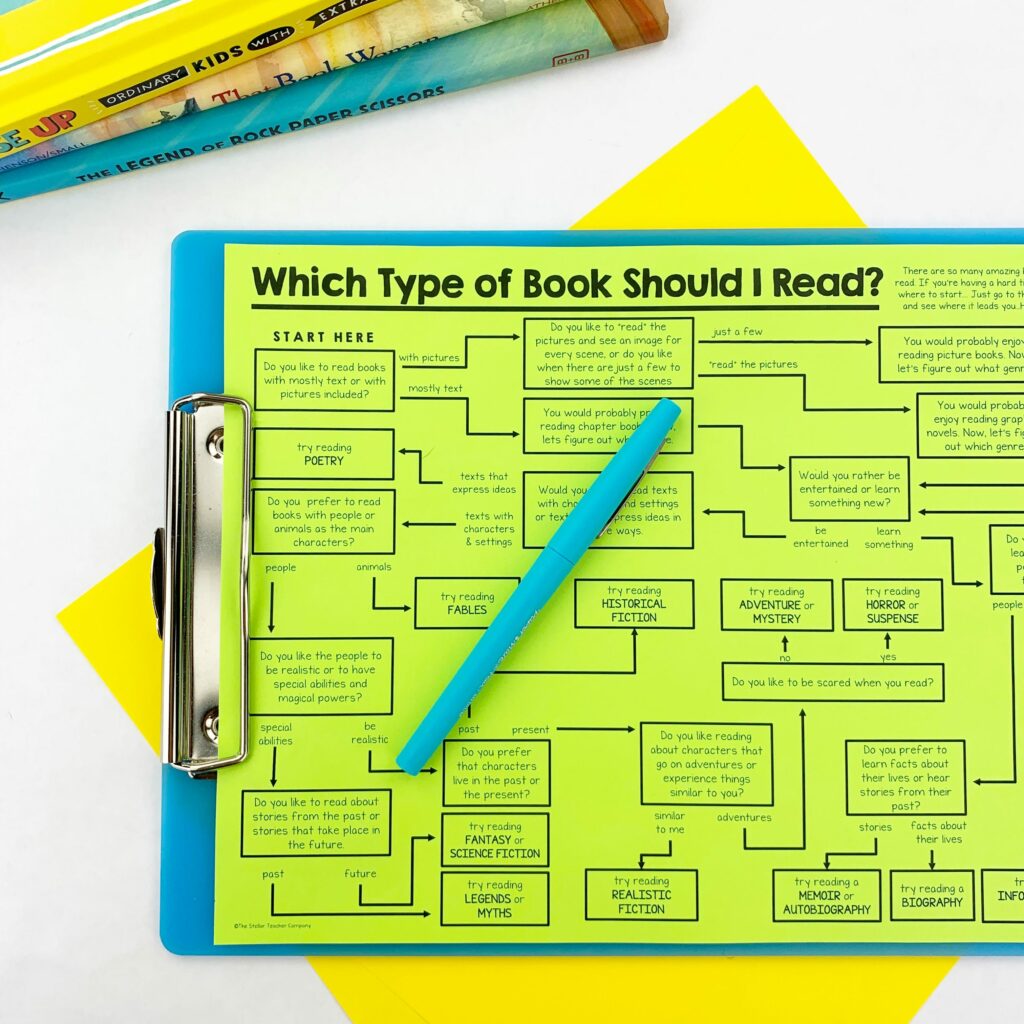
5. Telling students they can’t read certain books.
Student choice is at the heart of independent reading. We want our students to be able to select texts that are an appropriate reading level and speak to their personal interests. But too often, we limit the texts students are allowed to read to a specific reading level or type of book. The only way to help students truly become independent readers is if we give them the freedom to select their own texts. Rather than telling kids what to read and what not to read, coach them on how to select texts that they will be able to enjoy. Teach them what to do when a text is too difficult, or too easy, and give them a bank of strategies they can use to find books that will be enjoyable for them to read.
Make sure that you have properly taught all students how to select books that will match their reading abilities and their reading interests. Trust that your students will be able to implement the strategies that you taught them.
Don’t forget…. your ultimate goal is to help your students grow as readers. The more they read, the better they will get. Don’t be afraid to let independent reading time be just that – time to read. I hope you will be able to avoid these five pitfalls of independent reading time!
Happy Teaching!
Word Lists for Most Common Prefixes & Suffixes
Teaching word study is important in upper elementary. Grab this free download to get a list of the 15 most common prefixes and the 15 most common suffixes. If you teach these prefixes and suffixes to your students, they will have the tools to read and understand over 90% of all words with prefixes and suffixes!
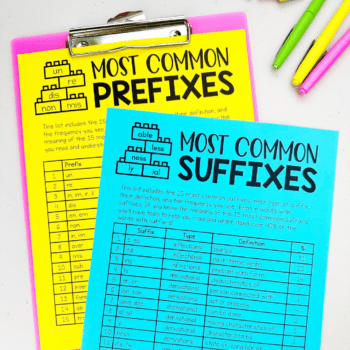





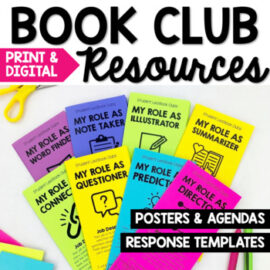
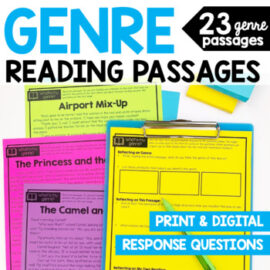
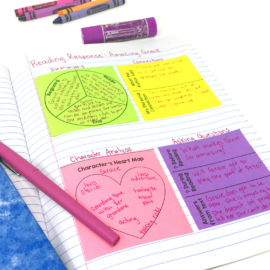

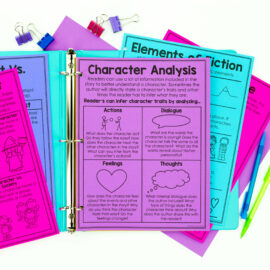





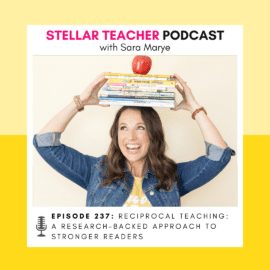



Leave a Comment
You must be logged in to post a comment.